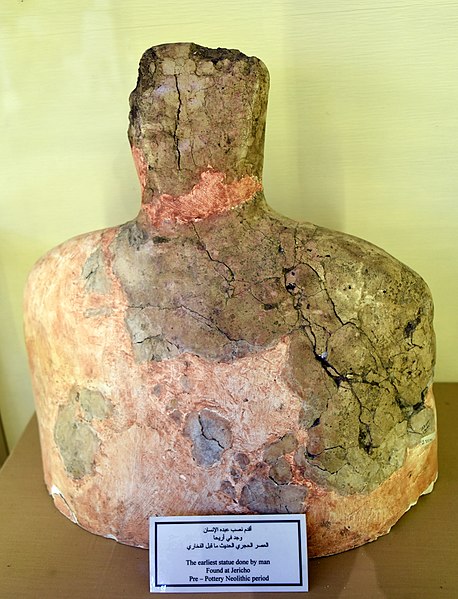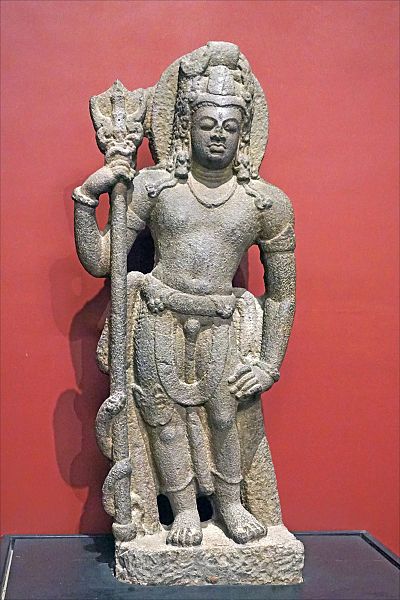A shrine is a sacred space dedicated to a specific deity, ancestor, hero, martyr, saint, daemon, or similar figure of respect, wherein they are venerated or worshipped. Shrines often contain idols, relics, or other such objects associated with the figure being venerated. A shrine at which votive offerings are made is called an altar.
The shrine of the Hodegetria at the Assumption Cathedral in Smolensk, Russia, photographed by Sergey Prokudin-Gorsky (1912).
Shrine to Tin Hau at Repulse Bay, Southern District, Hong Kong.
Chinese Taoist tablet household shrine dedicated to Bixia Yuanjun (1850–1860), Bankfield Museum
Catholic shrine: glass coffin of Saint Catherine Labouré
In the practice of religion, a cult image is a human-made object that is venerated or worshipped for the deity, spirit or daemon that it embodies or represents. In several traditions, including the ancient religions of Egypt, Greece and Rome, and modern Hinduism, cult images in a temple may undergo a daily routine of being washed, dressed, and having food left for them. Processions outside the temple on special feast days are often a feature. Religious images cover a wider range of all types of images made with a religious purpose, subject, or connection. In many contexts "cult image" specifically means the most important image in a temple, kept in an inner space, as opposed to what may be many other images decorating the temple.
One of the earliest known idols worshiped by humans. From Jericho, in modern-day Palestinian Territories. Pre-pottery Neolithic. Jordan Archaeological Museum, Amman, Jordan
6th-century stone murti of Shiva
Songye power figure
Reproduction of the Athena Parthenos statue at the original size in the Parthenon in Nashville, Tennessee








